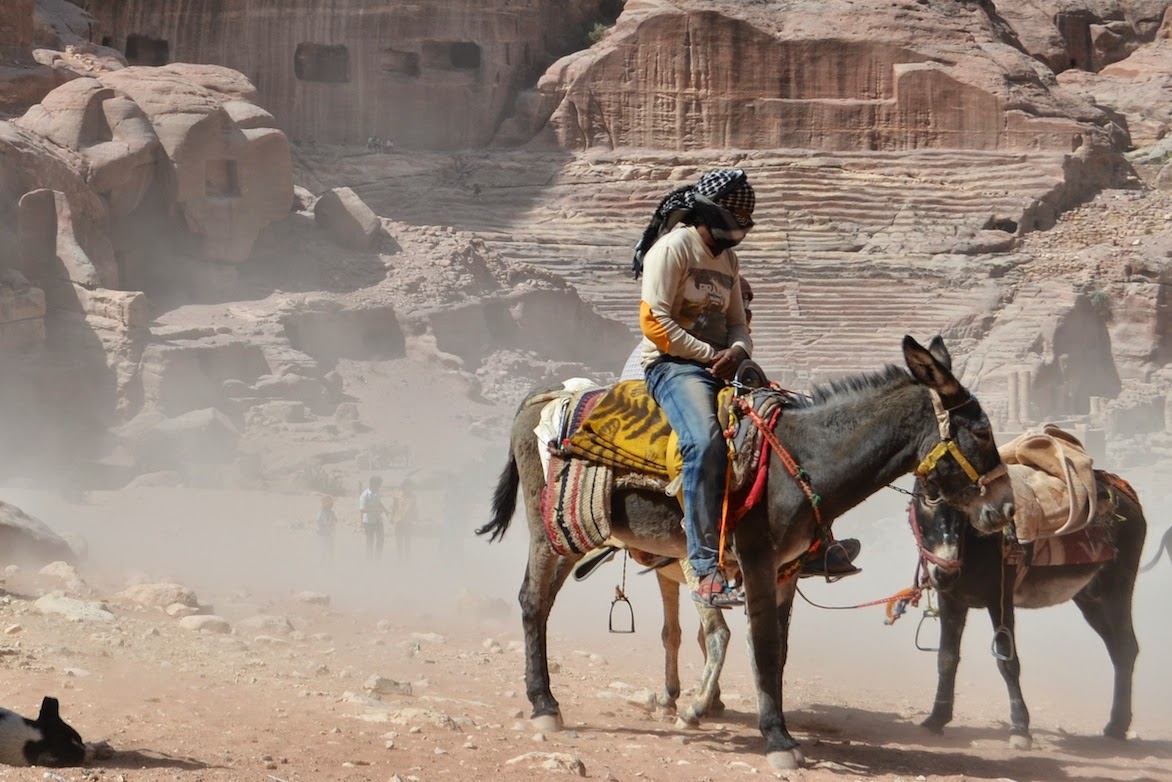It’s Ramadan and Ramadan changes
everything. Muslims give up eating, drinking, smoking and other worldly
pleasures during daylight hours. So no liquids, even water, although it’s the
withdrawal from caffeine in tea and coffee that seems to hurt the most… (see my Aug ‘13 Ramadan blog for more)
 |
| Heron at Sunset - Ras al-Khaimah |
During Ramadan last year, my friend and
colleague Mohamed invited me for Iftar. I took an expat friend and we drove to
his house where we met two of his brothers. We entered the building through the
“men’s” entrance and were ushered into the Majlis, a large lounge with sofas
around the walls and an elaborate rug on the floor.
We sat and talked as we watched the TV.
“We’re waiting for the Imam to appear and tell us when daylight has ended,”
Mohamed said, “then we’ll go for a short prayer and come back to eat.”
Emirati families sit on the floor to eat
their meals – a tablecloth was set in the middle of the rug and the guys
brought various insulated pots containing the meal and plates for us. Then it
was time to eat.
Here was my first problem – I don’t
normally sit on the floor to do anything, I had trouble enough sitting down let
alone eating once I got there. Mohamed had anticipated this and gave me a large
cushion. But, my second problem was actually picking up the food and eating it
– I needed one hand to lean on. The others sat and had both hands free. And,
Emiratis don’t normally use utensils, picking meat and rice up with their right
hand, I must say skilfully. Again, Mohamed had thought of me and provided me
with a knife and fork – but with only one hand free I chose to struggle through
consuming the rice with my hand.
 But the food was really good and showed the
mix between Lebanese and Indian that typifies Emirati food. We started with
Lokma – sweet pastry balls served with date oil. Then chicken soup; everyone
drank from the small bowls but I had to use a spoon – and apologize for being
left-handed! Next we had crispy, spicy Samosas and Pakoras, dipped in fresh
yoghurt, followed by Harees – a savoury porridge where meat and vegetables are
added to coarsely ground wheat and cooked for several hours. It was very tasty
and easy to eat with your fingers, although I got through a lot of napkins!
But the food was really good and showed the
mix between Lebanese and Indian that typifies Emirati food. We started with
Lokma – sweet pastry balls served with date oil. Then chicken soup; everyone
drank from the small bowls but I had to use a spoon – and apologize for being
left-handed! Next we had crispy, spicy Samosas and Pakoras, dipped in fresh
yoghurt, followed by Harees – a savoury porridge where meat and vegetables are
added to coarsely ground wheat and cooked for several hours. It was very tasty
and easy to eat with your fingers, although I got through a lot of napkins!
The main course was leg of lamb with rice
and lentils – the lamb just fell off the bone, it was delicious.
For drinks, we started with water, then
Mohamed said: “I’m going to bring a drink we only serve during Ramadan, you’ve
probably never heard of – Vimto.”
“Vimto? I haven’t heard of that for years.
We used to drink that when I was a boy in England (a long time ago), it was
more popular than Coca Cola then. Wow.” I checked the next day and, sure
enough, the UAE supermarkets were suddenly full of Vimto. The taste was so
evocative, I hadn’t drunk it for 50 years or so, I was back in my youth. Sadly,
it didn’t enable me to sit like a teenager…
For dessert, we sat up on the sofas and ate
crème caramel or jelly, again foods exclusive to Ramadan. And, it didn’t take
me as long to get up, as I’d thought. We drank black sweet tea and finally
Arabic coffee.
My first taste of Iftar was a memorable evening
- Mohamed and his brothers had served us well.
 |
| Sheikh Zayed Grand Mosque at Sunset |


















